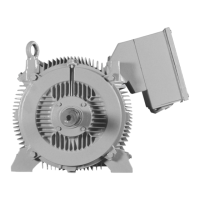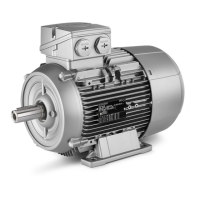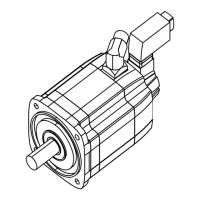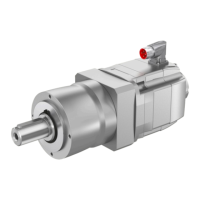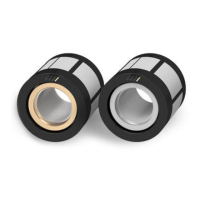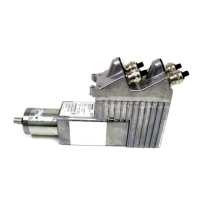Functions
2.1 General
SIPROTEC, 7SK80, Manual
E50417-G1140-C344-A5, Release date 11.2012
44
Two capacitance values must be configured for each of the three voltage inputs when using capacitive voltage
measurement.
• The first value to be configured is the bushing capacitance (C
D,Lx
).
• The second value to be configured is the sum of the line and stray capacitance (C
S,Lx
) and input capacitance
(2200 pF).
Since the input capacitances can have a tolerance of ±20%, they are not considered as a fixed value internally
but they have to be configured (see also side heading „Optimizing the Configured Capacitance Values“).
The capacitances are configured as follows:
Boundary Conditions for the Capacitive Voltage Measurement
The voltages at the inputs of the protection devices are the result of the primary nominal voltage, the capaci-
tances in the power system and the impedances of the voltage inputs which are taken into account. These volt-
ages can assume different values for three voltage inputs. The voltage V
secondary, x
for phase x can be deter-
mined using the following formula:
with
V
prim, x
Primary voltage of phase x
V
sec, x
Voltage at the voltage input of the protection device
C
D,Lx
Value of the bushing capacitance for phase x
C
S,Lx
Value of the line and stray capacitance for phase x
exec. System frequency (50 Hz or 60 Hz)
The following figure represents the above equation graphically. The frequency is 50 Hz. With a frequency of
60 Hz, the ratio of secondary voltage to primary voltage is about 20 % higher than the values in this example.
The x-axis shows the value of the bushing capacitance. The y-axis shows the resulting ratio o f secondary
voltage to primary voltage. As an additional parameter the value C
S,LX
+ 2200 pF, which is the sum of line ca-
pacitance, stray capacitance and input capacitance, is varied in a range from 2000 pF to 10,000 pF in incre-
ments of 500 pF. Since the input capacitance of 2200 pF can have a tolerance of ±20 %, values higher than
1800 pF are recommended here.
Phase A 241 Volt.trans.A:C1
242 Volt.trans.A:C2
= C
D,A
= C
S,A
+ 2200 pF
Phase B 243 Volt.trans.B:C1
244 Volt.trans.B:C2
= C
D,B
= C
S,B
+ 2200 pF
Phase C 245 Volt.trans.C:C1
246 Volt.trans.C:C2
= C
D,C
= C
S,C
+ 2200 pF

